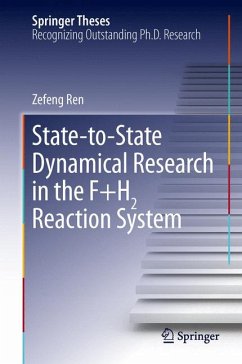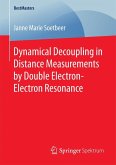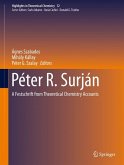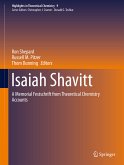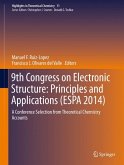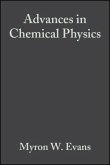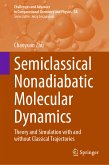This thesis addresses two important and also challenging issues in the research of chemical reaction dynamics of F+H2 system. One is to probe the reaction resonance and the other is to determine the extent of the breakdown of the Born-Oppenheimer approximation (BOA) experimentally. The author introduces a state-of-the-art crossed molecular beam-scattering apparatus using a hydrogen atom Rydberg "tagging" time-of-flight method, and presents thorough state-to-state experimental studies to address the above issues. The author also describes the observation of the Feshbach resonance in the F+H2 reaction, a precise measurement of the differential cross section in the F+HD reaction, and validation of a new accurate potential energy surface with spectroscopic accuracy. Moreover, the author determines the reactivity ratio between the ground state F(2P3/2) and the excited state F*(2P1/2) in the F+D2 reaction, and exploits the breakdown of BOA in the low collision energy.
Dieser Download kann aus rechtlichen Gründen nur mit Rechnungsadresse in A, B, BG, CY, CZ, D, DK, EW, E, FIN, F, GR, HR, H, IRL, I, LT, L, LR, M, NL, PL, P, R, S, SLO, SK ausgeliefert werden.

